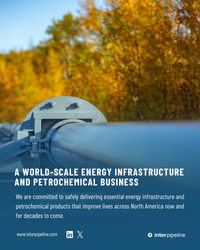The U.S. natural gas pipeline sector is entering a challenging period for recontracting a major chunk of its capacity. The numerous pipeline systems built during the early years of the Shale Era’s midstream boom were anchored by 10-year, firm shipper contracts, mostly with producers, making them so-called “supply-push” pipelines. Many of those initial contract periods have begun to roll off, exposing pipelines to producer-shippers’ renewal decisions based on current fundamentals. Shippers typically expect substantially lower rates for a renewal contract, because much of the pipeline has been paid off through depreciation. But there’s another issue that is becoming more important: shipper recontracting may not happen for market reasons. For pipeline owners, this is happening at the worst possible time. The market is in turmoil and facing ongoing uncertainty. Gas production is down, demand from LNG export facilities is in flux, and regional supply-demand dynamics are shifting. As if that weren’t enough, new, large-diameter pipelines out of the Permian now nearing completion will reshuffle gas flows around the country. And other transportation corridors that not long ago were bursting at the seams and feverishly expanding to ease constraints are now at risk of being underutilized. Today, we discuss the factors that together may present significant risk for pipelines approaching the proverbial recontracting “cliff.”
The Shale Revolution began in the early 2000s and quickly ramped up production in several regions, one after another. Figure 1 shows the three plays that have resulted in the biggest capital investments in supply-push pipelines for natural gas: Barnett/Haynesville, Marcellus/Utica, and Permian. Other plays such as Bakken and SCOOP-STACK also ramped up, but didn’t result in the huge waves of infrastructure development that happened in these three areas.
Join Backstage Pass to Read Full Article










